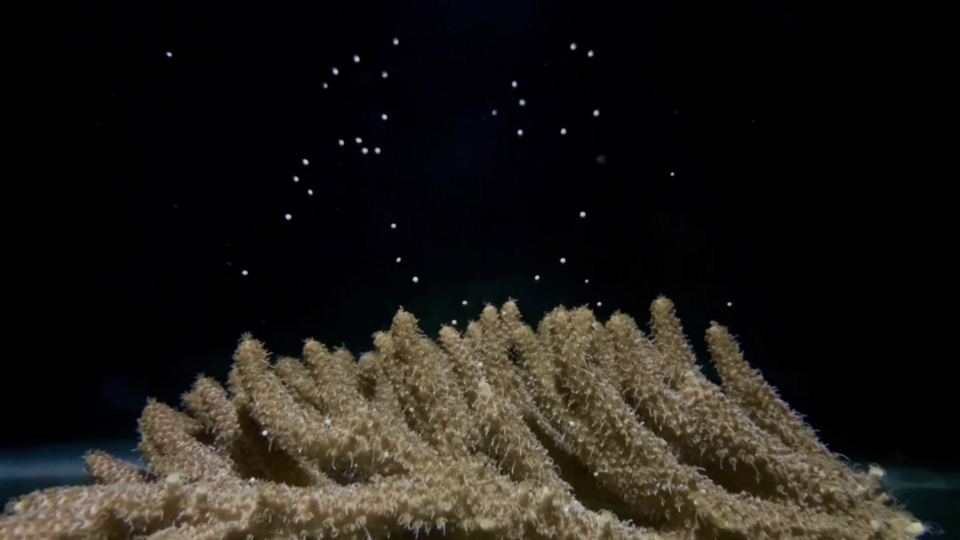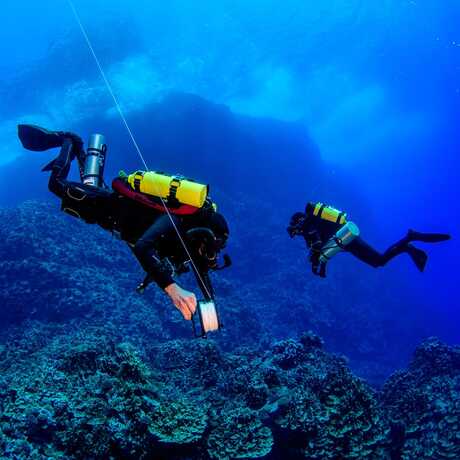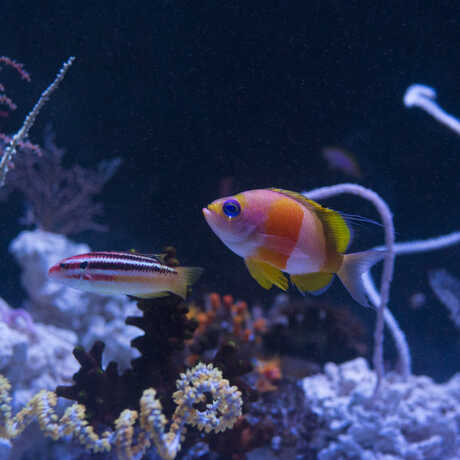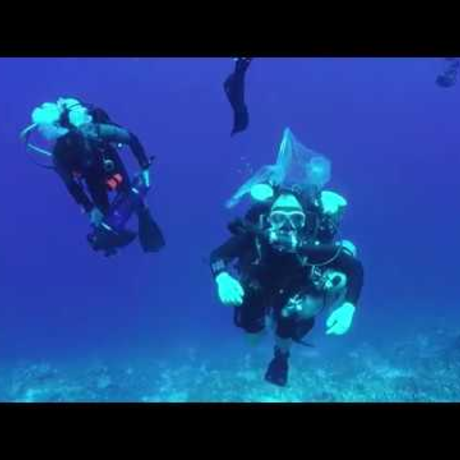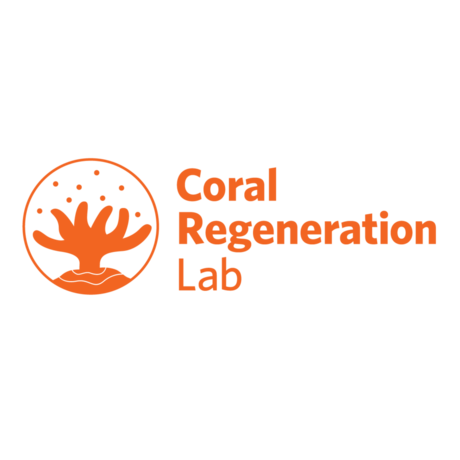
Coral Regeneration Lab (CoRL)
Inside the Coral Regeneration Lab (CoRL), researchers are successfully breeding coral in the Academy's Steinhart Aquarium with the hope of regenerating reefs around the world.
Coral reefs are critical ecosystems that harbor biodiversity, sustain fishing economies, and provide habitat for more species than any other marine environment. They also provide protection for rapidly changing coastlines, serving as a natural barrier between land and sea that mitigates flooding, erosion, and storm damage. But nearly 75% of the world’s coral reefs are currently threatened by global stressors like coral bleaching and ocean acidification, which are caused by climate change, and local stressors like overfishing, habitat destruction, and pollution (including on deep-water reefs). As global temperatures rise, we are losing coral reefs around the world to coral bleaching and disease at an alarming rate.
But corals are surprisingly resilient. After becoming the first aquarium in the United States to spawn coral in a lab setting, CoRL’s conservation breeding efforts have resulted in several successful spawns since 2018. Land-based spawning has opened up whole new avenues for scientific research, from selecting for more resilient individuals to increasing genetic diversity on coral reefs. By identifying hardy, heat-tolerant corals, researchers hope they can speed the pace of adaptation to warming oceans in the face of climate change. This work is part of the Academy’s Hope for Reefs initiative to reverse the rapid decline of our planet’s coral reefs by 2030.
The lab also serves as a convening space for researchers in the Bay Area and beyond. While the CoRL team is testing cutting-edge techniques to regenerate reefs, the researchers are also collaborating with other local institutions—including UC Berkeley and Stanford—to explore further applications and fill in gaps in coral knowledge, including the physics of larval movement and the fat content of coral eggs.
Now, Academy researchers are gearing up for the annual spawning event in December 2023, where they will begin testing novel therapies to bolster young corals in their first year of life.
How to spawn coral on land
Conditions have to be just right for corals to reproduce. In the wild, many corals use environmental cues—water temperature, lunar cycles, and the presence of other reef species—to "broadcast spawn," or synchronously release their gametes into the surrounding water. To tackle these challenges, a team of Academy researchers and engineers developed a controlled space to simulate the ideal spawning conditions of a reef. By using special lighting to simulate lunar and solar cycles, and matching water temperature fluctuations to the seasons experienced on the northern Great Barrier Reef, the team can effectively "set the mood" for a spawning event.
Several days after a simulated full moon, each coral colony begins to release thousands of gamete "bundles," or packets of sperm surrounded by unfertilized eggs, into the water column. Within just an hour, the bundles burst, allowing the gametes to mingle and fertilize. Within a few days, the fertilized embryos become free-swimming larvae in search of a place to settle and grow into their familiar calcified structures.
CoRL receives $1.5 million grant for first coral rearing lab in Honduras
In partnership with Honduras-based non-profit Roatán Marine Park (RMP), the Academy recently received a $1.5 million grant to construct the first coral rearing facility in Honduras and test the most effective methods to improve sexual restoration of the Mesoamerican Reef. Awarded by the Coral Research & Development Accelerator Platform (CORDAP), the grant will fund the development of new techniques to promote the survival of young corals, apply these techniques to Roatán’s rapidly degrading coral reefs, and provide coral husbandry training for marine conservation practitioners in Honduras and beyond.
The Mesoamerican Reef has lost a significant portion of its coral cover to stony coral tissue loss disease. This decline in coral populations has led to lower genetic diversity on the reef, leaving it more susceptible to the ever-present stressors that threaten it, including rising ocean temperatures, overfishing, and ocean acidification. Over the next three years, the CoRL team hopes to develop enhanced coral rearing protocols and equip local stewards with the necessary tools to improve the reef's overall coral cover and diversity.
Updates from the lab

- The corals have arrived! This October, the CoRL team received six Acropora millepora specimens and are currently prepping them for our annual coral spawning event.
- In December of 2023, research partners from Roatán Marine Park will visit the Coral Regeneration Lab for the end-of-year spawn. The team will begin testing novel therapies to bolster the growth and development of young corals.
- In 2024, Academy researchers will head to Roatán to begin construction on the first coral rearing lab in Honduras.
Stay tuned for more updates from CoRL!
The CoRL team
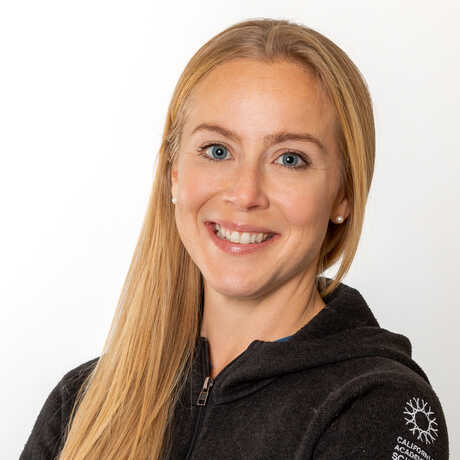
Rebecca Albright, PhD
Assistant Curator, Invertebrate Zoology
From single cell interactions to reef-scale processes, Dr. Albright’s work focuses on the ability of coral reef organisms to cope with two of the world’s most pressing issues—ocean acidification and warming seas. Her research includes studying the reproductive success of corals under changing environmental conditions to monitoring environmental conditions in reefs worldwide to study how the ocean’s changing chemistry affects reef growth and loss.
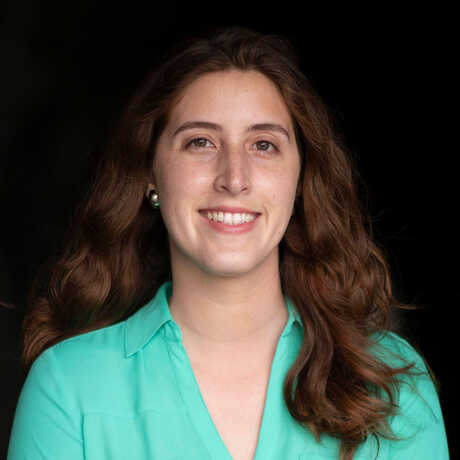
Elora López-Nandam, PhD
Research Scientist
López-Nandam is a molecular evolutionary biologist with a passion for marine ecosystems. Her research includes sequencing the genomes of corals to identify if and how breeding corals in aquaria affects the genetic composition of a population. She's currently working on spawning new corals that will be selected for better heat tolerance.
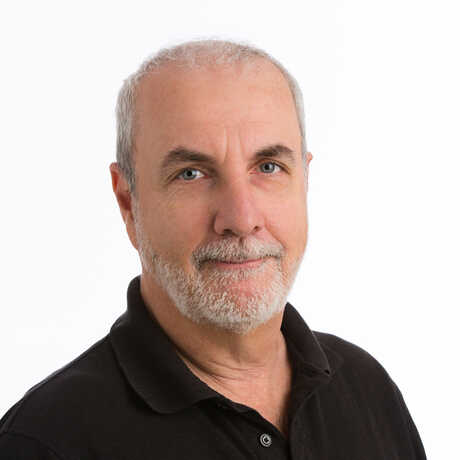
Charles Delbeek
Aquarium Projects Curator
J. Charles Delbeek is Curator of Special Projects at the Steinhart Aquarium, California Academy of Sciences. Prior to coming to Steinhart in 2008, Charles spent 13 years at the Waikiki Aquarium. Charles is a member of the Association of Zoos and Aquariums (AZA) and serves on the Steering Committee for the Aquatic Invertebrate Taxon Advisory Group (AITAG).

- Mutations in coral soma and sperm imply lifelong stem cell renewal and cell lineage selection (Proceedings of the Royal Society B)
- Kinship and genetic variation in aquarium-spawned Acropora hyacinthus corals (Frontiers in Marine Science)
San Francisco Chronicle: "Coral growing thousands of miles from home waters spawn inside a San Francisco aquarium"
Wired: "Corals Are In Serious Trouble. This Lab Could Help Save Them"
Scientific American:"Scientists Are Taking Extreme Steps to Help Corals Survive"
Make a tax-deductible gift to support critical Academy research around the world, including projects like CoRL.
